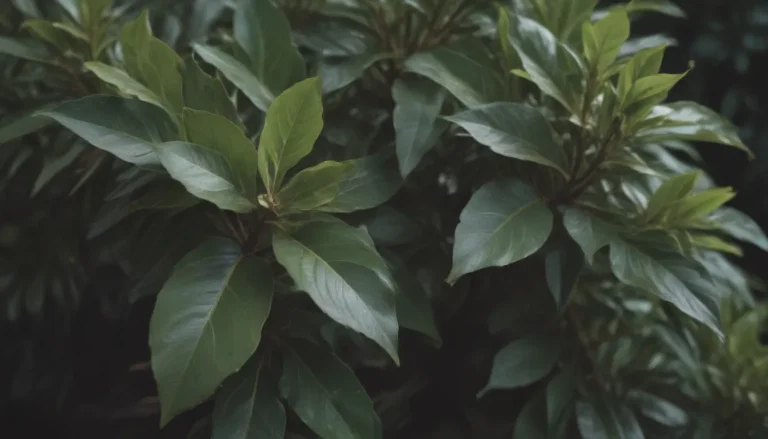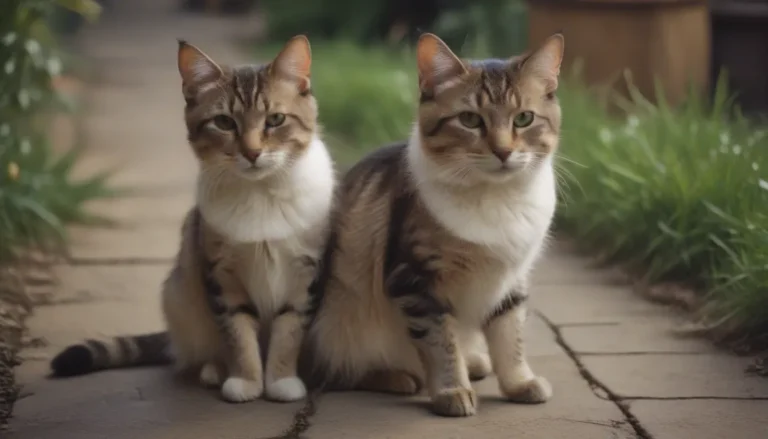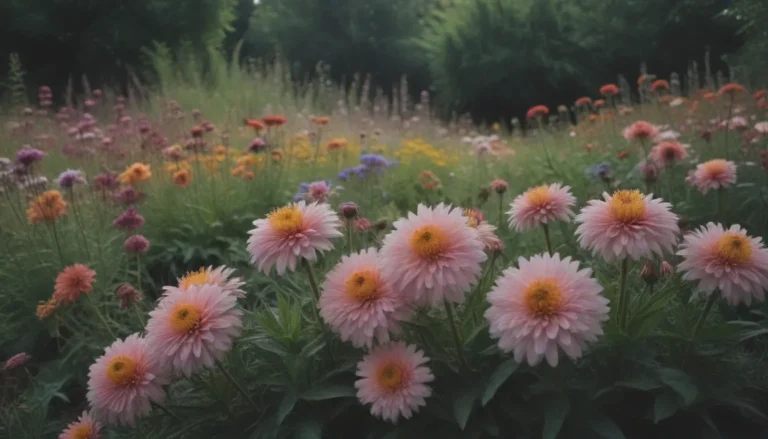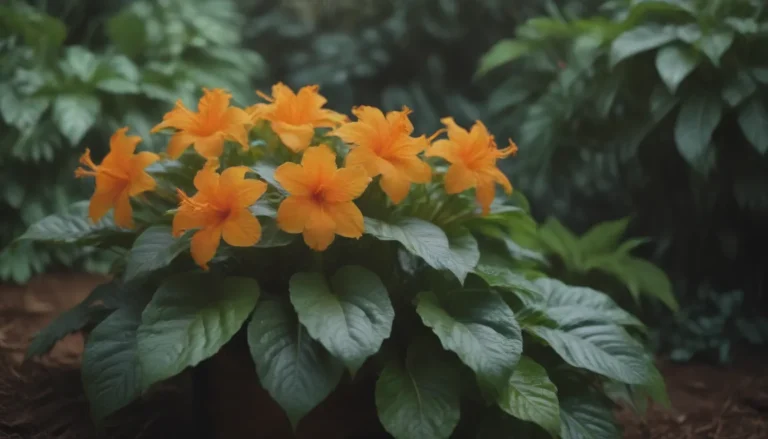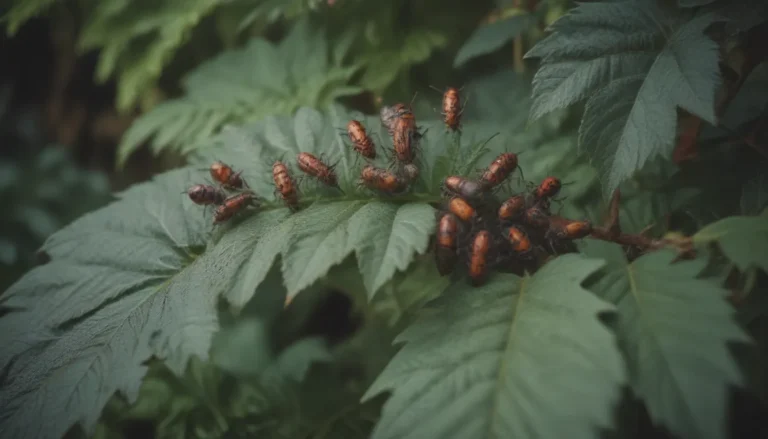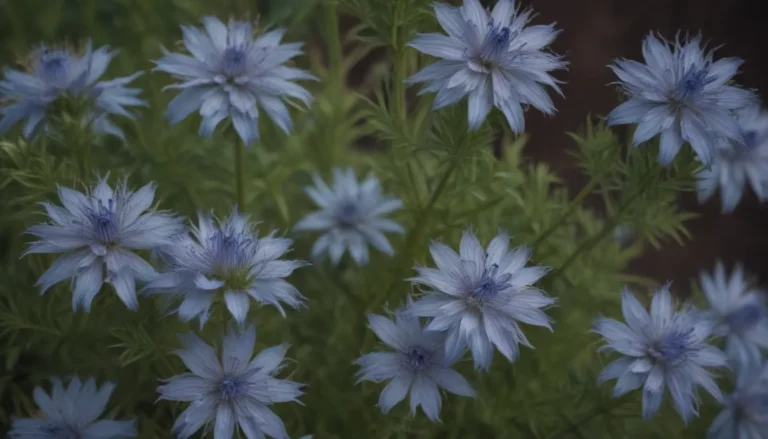Everything You Need to Know About Kentucky Bluegrass: A Comprehensive Guide
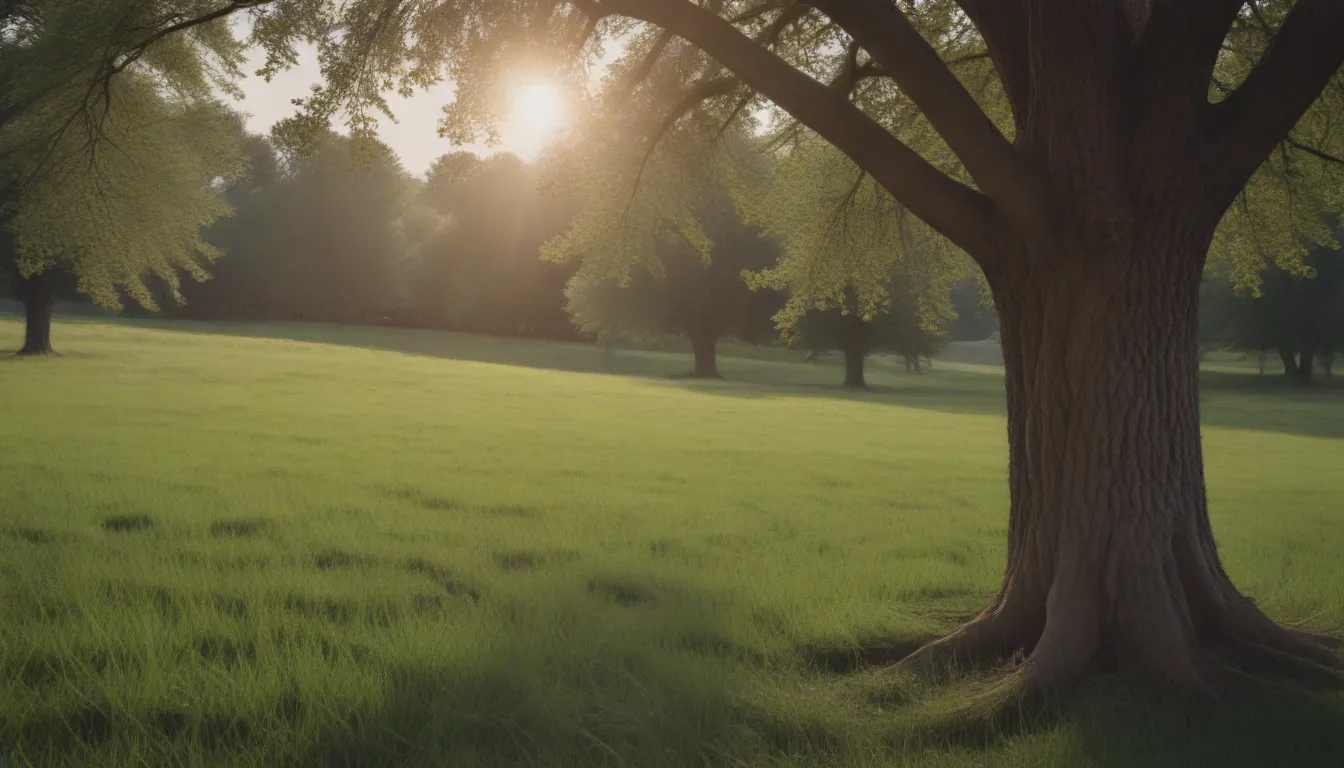
If you’re looking to transform your lawn into a lush, vibrant space, Kentucky bluegrass could be the perfect choice for you. This perennial, cool-season grass is known for its beautiful bluish-green color and its ability to create a uniform, level surface that’s ideal for sports and other recreational activities.
In this comprehensive guide, we’ll discuss everything you need to know about Kentucky bluegrass, from its origins to planting tips and maintenance tricks. So, grab a cup of coffee, sit back, and let’s dive into the world of Kentucky bluegrass.
What is Kentucky Bluegrass?
Kentucky bluegrass, scientifically known as Poa pratensis, is a cool-season lawn grass that belongs to the Poaceae family. Contrary to its name, Kentucky bluegrass is actually native to Europe and northern Asia, not Kentucky. However, it has become one of the most popular grass types used in lawns across North America.
One of the key features of Kentucky bluegrass is its spreading ability via rhizomes, which helps it form a dense, uniform sod. This distinguishes it from bunch-forming grasses like tall fescue, giving your lawn a consistent and level appearance.
Pros and Cons of Kentucky Bluegrass:
Pros:
- Beautiful bluish-green color
- Spreads via rhizomes to form a dense sod
- Ideal for lawns where sports will be played
Cons:
- Slower to germinate compared to other cool-season grasses
- Requires consistent care and maintenance
- Resource-intensive and may out-compete other grasses and landscaping plants
Planting Kentucky Bluegrass:
If you’re planning to plant Kentucky bluegrass in your lawn, September is generally the best time in the North. This is when the soil temperature is between 50 and 65 degrees Fahrenheit, ideal for seed germination. Spring is also an acceptable time, but be mindful of unexpected summer heat.
When planting Kentucky bluegrass from seed, keep in mind that it may take at least two weeks to germinate, so plan your schedule accordingly. You can also opt for laying sod for instant results, but be prepared for higher costs.
Grass Seed Mixes:
Consider using a grass seed mix that includes various grass types to offset each other’s strengths and weaknesses. This is especially useful if your lawn receives different amounts of shade.
Care and Maintenance of Kentucky Bluegrass:
Proper care and maintenance are essential to keep your Kentucky bluegrass looking its best. Here are some key tips:
- Fertilize in spring with a nitrogen-rich fertilizer.
- Maintain a fertilizing schedule throughout the growing season.
- Control weeds and insects using appropriate products.
- Mow your lawn at the correct height (about 2 1/2 inches) and frequency.
- Overseed bare spots and thin patches in September.
- Rake fallen leaves in the fall to prevent sunlight blockage.
- Winterize your lawn to prepare it for the next year.
Kentucky bluegrass is moderately hard to grow, requiring consistent effort in fertilizing, watering, and mowing. Plant it in full sun for best results, as it can out-compete other grasses and landscaping plants over time.
In conclusion, Kentucky bluegrass is a beautiful and versatile grass that can transform your lawn into a vibrant space for relaxation and recreation. With proper care and maintenance, you can enjoy a lush, green lawn year-round.
So, whether you’re a seasoned lawn care enthusiast or a beginner looking to improve your outdoor space, Kentucky bluegrass is definitely worth considering. Give it a try and watch your lawn flourish with life and color!
